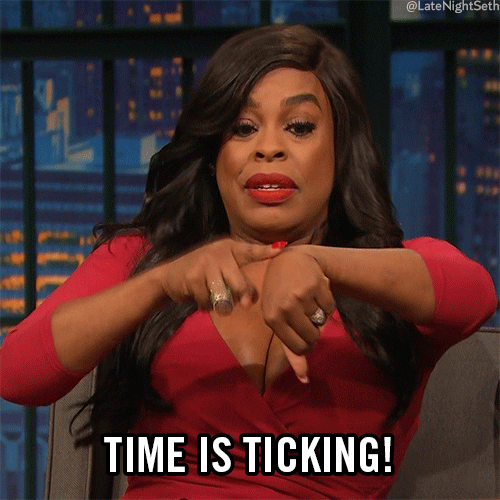This is something I feel I have said as many times as the number of base pairs we have in our genome.... You are right to doubt that I have said it about 3 billion times, as that would take a very long time!

I was drawn to genomics from a very young age, as I was curious as to why people were different. We’ve all heard ‘you take after your mother’ or ‘well, we know that’s from your father’s side’ – but what does that really mean and how can that change the way healthcare is delivered.
The genomics landscape has changed considerably over the past few years, and a big contribution to this acceleration has been the cost reduction of genomic sequencing. The Human Genome Project, dating back to 1990, quotes the cost of sequencing a human genome at $2.7 billion. When compared to the $299 quote from Nebula Genomics earlier this year – one does not need to think very hard about why global genomics initiatives are now progressing at pace.
It has been great hearing announcements from countries about their commitment to enhance the lives of citizens by embedding genomics into routine healthcare. There are many reasons why a genetic approach is highly desirable, including disease epidemiology, patient risk assessment, drug target identification and clinical trial optimisation. Over 190 global initiatives have been identified with half having a specific disease focus, and many also linking clinical data to the genomic data.
Countries that have a health system that can longitudinally follow patients, can really maximise the linkage between genotype and phenotype. In addition, every country can harness the power of data gathered from patients or from survey data. An example of a private initiative is Ancestry.com which has a cohort of 15 million genotyped individuals with linked survey data, and Genomics England is an example of a public initiative which links about 125,000 whole genomes to EMR/EHR.
The power of genomics can only be unlocked by a colossal amount of diverse aggregated non-identifiable data which can be responsibly and securely shared, while also protecting privacy. This is the ultimate goal for a learning health system which can adapt and change depending on the data that is generated. We are seeing an evolving relationship between academic, governmental, clinical and industrial communities which is both necessary and welcome. But…at the heart of all of this is the citizen, and it is our responsibility to ensure the opportunities that arise from a genomic healthcare system are translated accordingly. This includes issues of privacy, secure data storage, retention duration, and disclosed use cases of data to mention a few.
We need to ensure global genomics opportunities get initiated, but also can connect and learn from others. Standardised tools and frameworks are the foundation for this. I am pleased to be part of accelerating the genomics revolution, as it is my desire to have better health outcomes for all. These are not unrealistic desires or expectations, and that’s why together we can change the world…one genome at a time.
PS Read the Understanding the Global Landscape of Genomic Initiatives Report this blog has alluded to here

Joanne is Head of Genomic and Precision Medicine at IQVIA. You can reach out Joanne on Twitter at @joannehackett00 and @IQVIA_global
This blog was written to celebrate DNA Day (25th April)
.png)